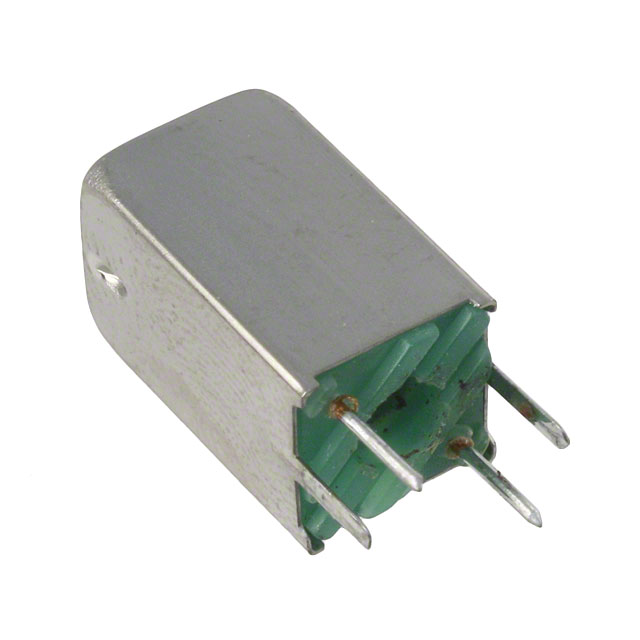MC134 Series, Adjustable Inductors
Results:
2
Manufacturer
Series
Inductance
Q @ Freq
Height
Size / Dimension
Package / Case
Tolerance
Mounting Type
Results remaining:2
Applied Filters:
MC134
About Adjustable Inductors
An inductor is an essential component in electrical circuits that exhibits the property of inductance. It is a passive two-terminal device that stores energy in a magnetic field when an electric current passes through it. This magnetic field is generated by a coil of wire wound around a core material, which can be made of various materials like iron, ferrite, or air.
Adjustable inductors, also known as variable inductors, offer the flexibility to modify the inductance value by adjusting the position of a movable core within the coil. This core has the ability to influence the magnetic field and alter the lines of flux passing through the coil. By changing the core's position, the inductance of the coil can be increased or decreased accordingly, allowing for fine-tuning in circuit designs.
The unit of inductance is the Henry (H), named after the physicist Joseph Henry. However, in practice, smaller units such as microhenries (μH) and nanohenries (nH) are more commonly used. These units represent fractions or multiples of a Henry, depending on the specific application requirements.
Inductors are available in various mounting options to facilitate easy integration into different circuit designs. Surface mount technology (SMT) allows for direct placement and soldering of the inductor onto the surface of a printed circuit board (PCB). Through-hole mounting involves inserting the leads of the inductor into holes in the PCB and soldering them on the other side for secure attachment.
The range of inductance values for adjustable inductors varies from 30 nanohenries (nH) to 2.5 millihenries (mH), covering a wide spectrum of applications. The appropriate inductance value is determined by the specific circuit requirements, such as desired frequency response, filtering characteristics, or energy storage capabilities.
In summary, adjustable inductors provide designers with the ability to modify the inductance value by adjusting the position of a movable core. With mounting options including surface and through-hole, and a range of inductance values available, these components offer flexibility in circuit design and enable precise control over magnetic field storage in electrical systems.

